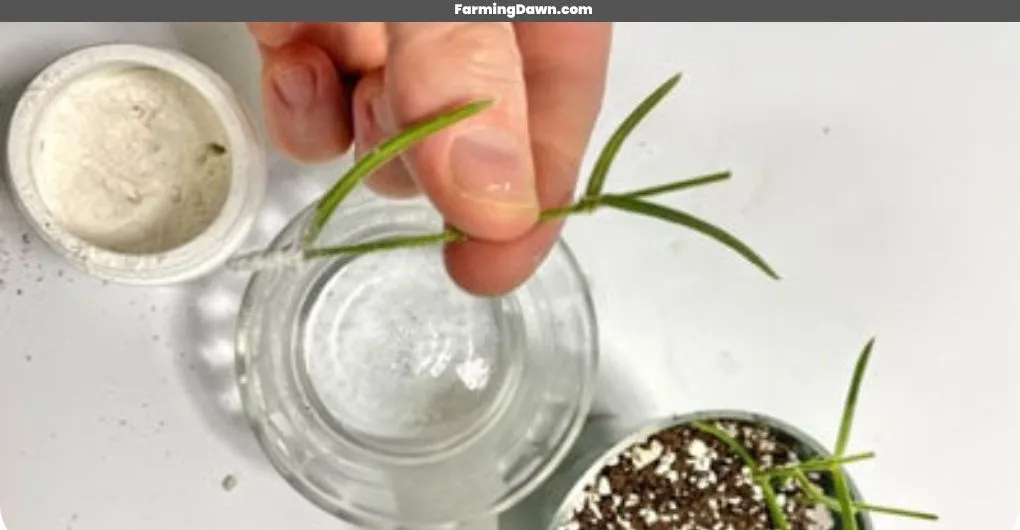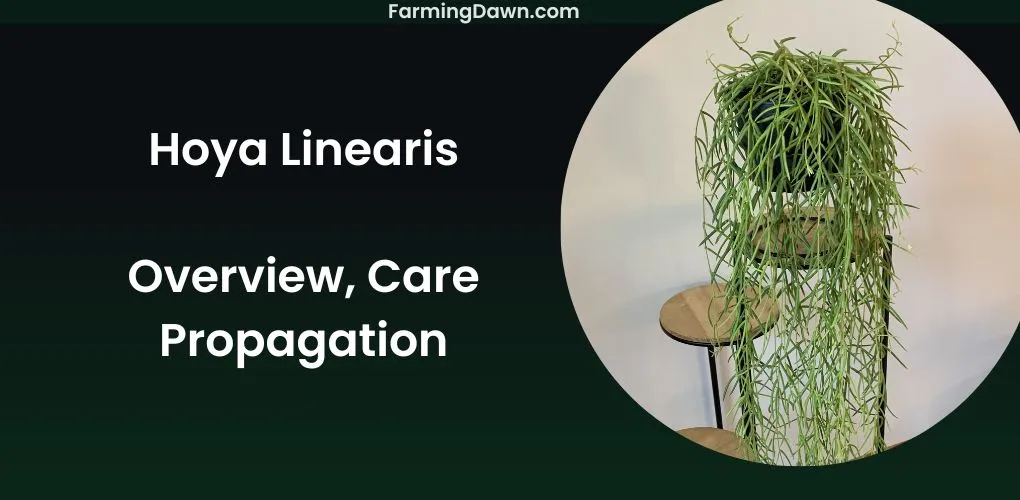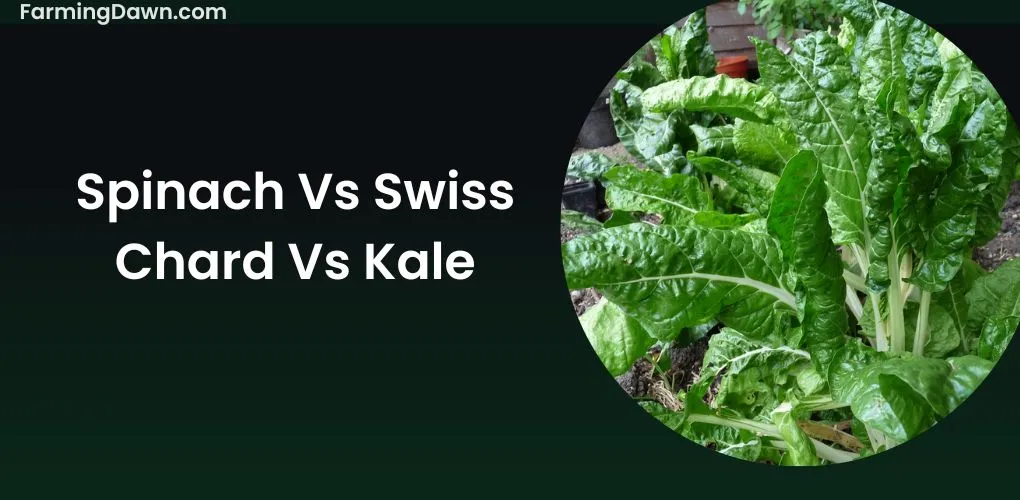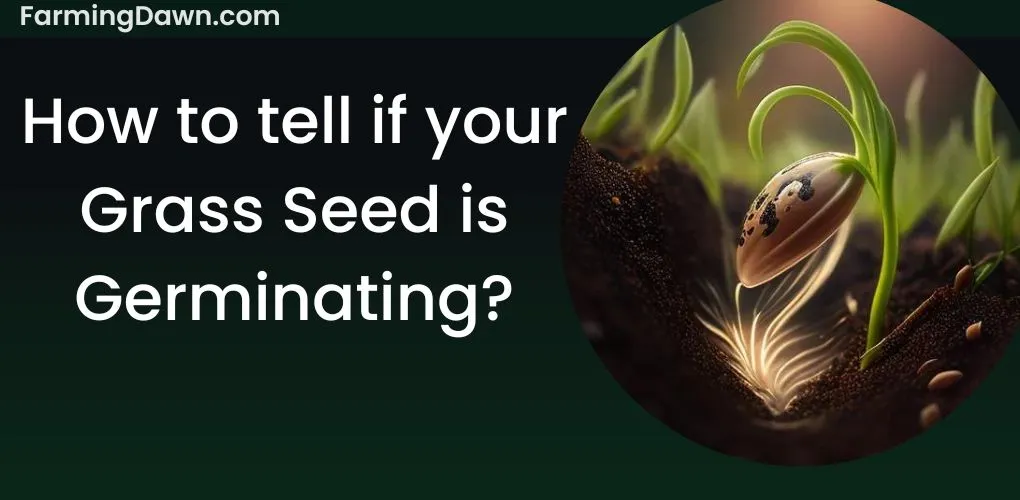The unique and beautiful flower Hoya Linearis is sure to catch your eye with its vibrant colors, intriguing shape, and easy-to-care-for nature. In this article, I’ll tell you all about how to care for it, propagate it, and ensure that it grows properly so that you can enjoy having a Linearis Hoya in your home or garden.
We know that having plants around us helps us feel connected to nature and gives us a sense of belonging. As part of the Apocynaceae family, the Linearis Hoya will bring an exotic flair into any environment: indoors or outdoors. With just a few simple steps, you can be on your way toward enjoying these wonderful flowers – let’s get started!
Quick Overview Of Hoya Linearis
| Scientific Name | Hoyoa linearis |
| Common Name | wax plant or vine, porcelain flower. |
| Family | Apocynaceae |
| Type | epiphyte |
| Origin | Himalayas |
| Appearance | Soft, thin leaves with white star-shaped flowers, succulent-like evergreen perennial |
| Size | leaves size: approximately 2 inches.
flower size: approximately 1.5 inches. Plant length: 4-5 feet. |
| Watering | Water moderately but don’t overwater. |
| Lighting | Bright but indirect light |
| Humidity | 50% or higher |
| Temperature | 60-80F |
| Soil | well-draining soil, but not soggy. |
| Fertilizer | Use a balanced fertilizer twice a month during the growing season. |
| Toxicity | Non-toxic. |
Origin And Characteristics Of Hoya Linearis
Linearis hoya is a species of evergreen hoyas native to the Himalayas. This beautiful plant has been around for centuries, long before it was introduced in the West. It grows naturally in forests and open woodlands across its native region, providing an important source of food and shelter for many animals.
The star-shaped leaves of this tropical vine are thickly textured with a waxy coating that helps protect them from drying out due to humidity or wind exposure. Its flowers bloom during the late summer months, producing large clusters of fragrant white blooms which attract pollinators such as bees and butterflies.
Growing linearis in the wild is not difficult but can be challenging as it needs specific conditions to thrive – warm temperatures, adequate drainage, bright light, and regular watering – all essential components to ensure the continuous growth and health of this wonderful plant!
Related: How To Care for Philodendron Burle Marx?

How To Care For Hoya Linearis?
Hoya plant is a tropical plant that needs warm temperatures and lots of light to thrive. When it comes to providing the right environment for this species, there are some factors you need to consider:
- Light and watering
- Soil types
- Fertilization
- Pruning
Let’s discuss these factors one by one and see what impact does each one has over this beautiful plant. I will also discuss the best practices to care for your plant.
See more: How to care for Hoya Sunrise Plant?
Watering Requirements
It’s no secret that linearis needs the right conditions to thrive. One of those vital ingredients is providing water to soil. Make sure your potting mix has good drainage and aeration, as this plant prefers not to stay soggy.
Providing adequate water is key to helping your linearis hoya plant reach its fullest potential, too much or too little can both have negative impacts on its health long-term.
All these factors are essential for a happy and healthy houseplant – so make sure you meet them, and your linearis plant will show its gratitude with plenty of beautiful blooms!
Soil Types
This plant species has an average growth rate and prefers to grow in light, porous soils with good drainage. The ideal soil should also be high in organic matter content as this will provide essential nutrients for healthy development.
A mix of peat moss, perlite, or vermiculite and compost usually works well; however, it can vary depending on the individual’s location and climate. Knowing what soil type you are working with will help ensure success when cultivating this remarkable species!
Fertilizing
Hoya linearis is an absolute marvel of a houseplant, and fertilizing it couldn’t be simpler. It’s like buying a supercar for the price of a hatchback, you get so much more than what you pay for!
You’ll find that this plant needs little in terms of additional care; just make sure to give it fertilizer twice every month. A simple liquid fertilizer with balanced nitrogen, phosphorus, potassium, and other nutrients should do the trick nicely.

Pruning
Now that you have fertilized your hoya linearis, it’s time to learn about pruning! Pruning can help keep the plant healthy and happy. It also helps ensure proper growth of the cuttings for a fuller, bushier look. Here are some tips when it comes to pruning:
- Cut off dead or dying leaves from the bottom up.
- Remove any discolored parts of the stems.
- Thin out branches if they become overcrowded.
- Trim back shoots to promote branching and flowering.
When cutting away these unwanted pieces, make sure you use clean shears; this will help prevent transferring diseases between plants. Be careful not to over-prune as this can damage the health of your linearis cuttings. Be mindful of where you trim so that your desired shape remains intact when finished.
How To Propagate Hoya Linearis?
Propagation through cutting is one of the best ways to propagate Hoya. Layering’s another great way to do it. It’s an easy process and can really help the plant grow well. Both methods can be done with a bit of right know-how.

Cutting Propagation
Cutting your plant into two pieces and watching as those two separate plants grow, each with its own unique beauty. It’s an amazing process that can be done in just a few simple steps. First, take your existing Linearis plant and cut off a stem cutting from one of its tips.
Make sure you do this correctly to ensure proper root growth, use sharp scissors or shears, and make clean cuts at least 5-10 cm long for best results. Afterward, place the new cutting in moist soil or water until roots sprout out.
Once sprout have appeared, you can transfer them to their own potting container for sale or further propagation. Soon have several beautiful Linearis plants ready to grace any home or garden!
Learn more: How to propagate Philodendron Moonlight?
Layering Propagation
Layering propagation is another great way to propagate your lovely Linearis and get more of those beautiful blooms. It’s easy, too. Simply find a stem from the plant with at least two eyes (or buds) on it and bury it in moist soil or water until roots are formed.
Once stems have sprouted, you can buy linearis hoya pots specially designed for layering propagation and transfer them into their own containers. After some time, you could end up having even more of these gorgeous plants than before!
From propagating via cuttings to layering propagation, there’s no excuse not to enjoy this delightful addition to any home or garden.
Repotting Hoya Linearis
When it comes to repotting a hoya, there’s no time like the present! This beautiful flower can be found for sale near you in all sorts of shapes and sizes. Its delicate petals are rich in texture and color, making it an ideal choice for any home or garden.
Repotting doesn’t have to be scary or daunting; as long you do your research beforehand, you’ll find that the process is simple and rewarding!
What You Need |
How To Do It |
Benefit |
|
Remove the plant from the existing container.
Prune off dead leaves & stems. Place into a new pot filled with potting soil mix. Water well after planting |
Better air circulation
More space for roots Increased water retention |
Common Pests And Diseases Of Hoya Linearis
Fungal diseases and insect infestations can be a real nuisance for Hoya, but with a bit of effort, you can keep them away. It’s important to keep your plant well-ventilated and away from moisture to fight these diseases.
Fungal Diseases
Fungi can have a worse effect on the plant’s health. Fungal issues are usually caused by warm and humid conditions, so make sure you don’t overwater your plants or expose them to too much moisture.
These disease-causing organisms thrive in these conditions, causing stems to rot away and leave to turn yellow, and drop off. Don’t let this happen to your beloved hoyas, take preventive measures like proper spacing between plants when propagating and ensuring good air circulation around each one!
Insect Infestations
We’ve discussed fungal diseases and the importance of avoiding overwatering when propagating hoya linearis. But another pest to watch out for is insect infestations! These can range from aphids that cause a nasty mess to mites that suck vital nutrients away from your plants.
To avoid these pests, check your hoyas regularly and promptly remove any bugs you find on them. If an infestation has already occurred, try using natural solutions like essential oils or neem oil sprays, they’re safer than chemical pesticides and just as effective at keeping insects away!
So if you want to keep your beloved hoyas safe, be sure to take preventive measures against insect infestations, it’s one of the keys to successful propagation!
Hoya Linearis Varieties
As far as I know, there are no known varieties of linearis. However, there are many other species and cultivars of Hoya that are prized among plant collectors for their unique foliage and flowers. Some popular cultivars of Hoya include:
- Hoya kerrii Variegata
- Hoya carnosa Krimson Princess
- Hoya pubicalyx Black Dragon
These varieties have unique characteristics that distinguish them from other Hoya species and cultivars.
Frequently Asked Questions Related To Hoya Linearis
Is Hoya Linearis Fast Growing?
Yes, it is fast growing plant and is highly prized among plant collectors for its unique foliage and delicate, fragrant flowers.
How Fast Does Hoya Linearis Grow?
It is a fast-growing plant and grows rapidly about 1.5 to 2 meters in several years, which is considered fast compared to other Hoya species. To promote optimal growth, it is recommended to provide Hoya with bright, indirect light, high humidity, and well-draining soil.
When Does Hoya Linearis Flower?
Linearis Hoya flowers from late summer to autumn. It produces small, fragrant flowers and the flowers typically appear in clusters and are small and white with a pink or red center.
Where To Buy Hoya Linearis?
You can find this plant on online plant stores such as Etsy, Amazon, and The Sill. You can also look for local plant nurseries and garden centers to see if they carry linearis Hoya. Plant swaps and plant groups on social media platforms such as Facebook and Instagram are other options.
Is Hoya Linearis Hard To Grow?
Not, it is not considered difficult to grow, but it requires specific conditions to thrive, including bright, indirect light, and well-draining soil. With proper care, it can be a rewarding plant to grow.
What Does Hoya Linearis Smell Like?
It produces small, fragrant flowers that have a sweet and spicy scent. The flowers are white with a pink or red center and can fill a room with their pleasant aroma. The fragrance is often described as being similar to the scent of cloves or cinnamon, with some people also detecting notes of lemon, honey, or vanilla.
Is Hoya Linearis A Succulent?
It is a member of the Apocynaceae family, which includes many succulent plants. However, this plant is not considered a true succulent because it doesn’t have the thick, fleshy leaves or stems typically associated with succulent plants. Instead, it has thin, elongated leaves and a vine-like growth habit.
While it may not be a succulent, linearis hoya is still known for its unique foliage and delicate, fragrant flowers.
Final Thoughts
To sum up, hoya linearis is a unique and beautiful plant that can be grown indoors or outdoors. When given the right conditions such as partial sun to full shade, water when the soil is dry, well-draining potting mix, and regular repotting when needed this plant will thrive in any home.
For example, I recently had success with growing hoya by providing indirect sunlight on my windowsill and watering it every seven days, it has been thriving ever since! If you’re willing to provide proper care, these plants can provide long-lasting beauty for years to come.






